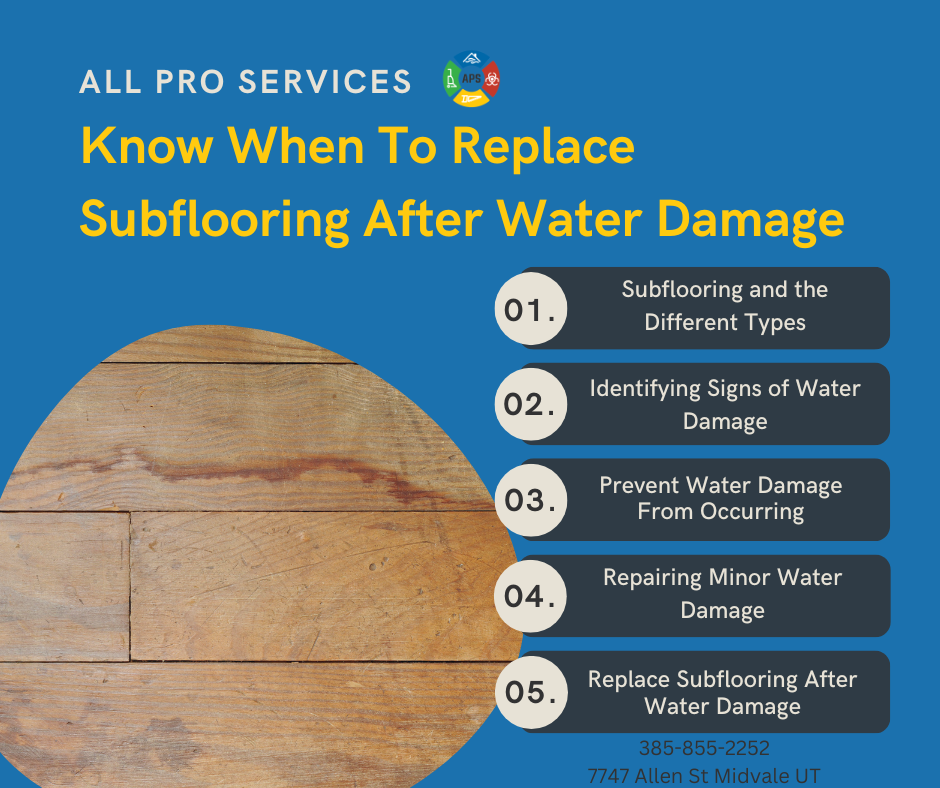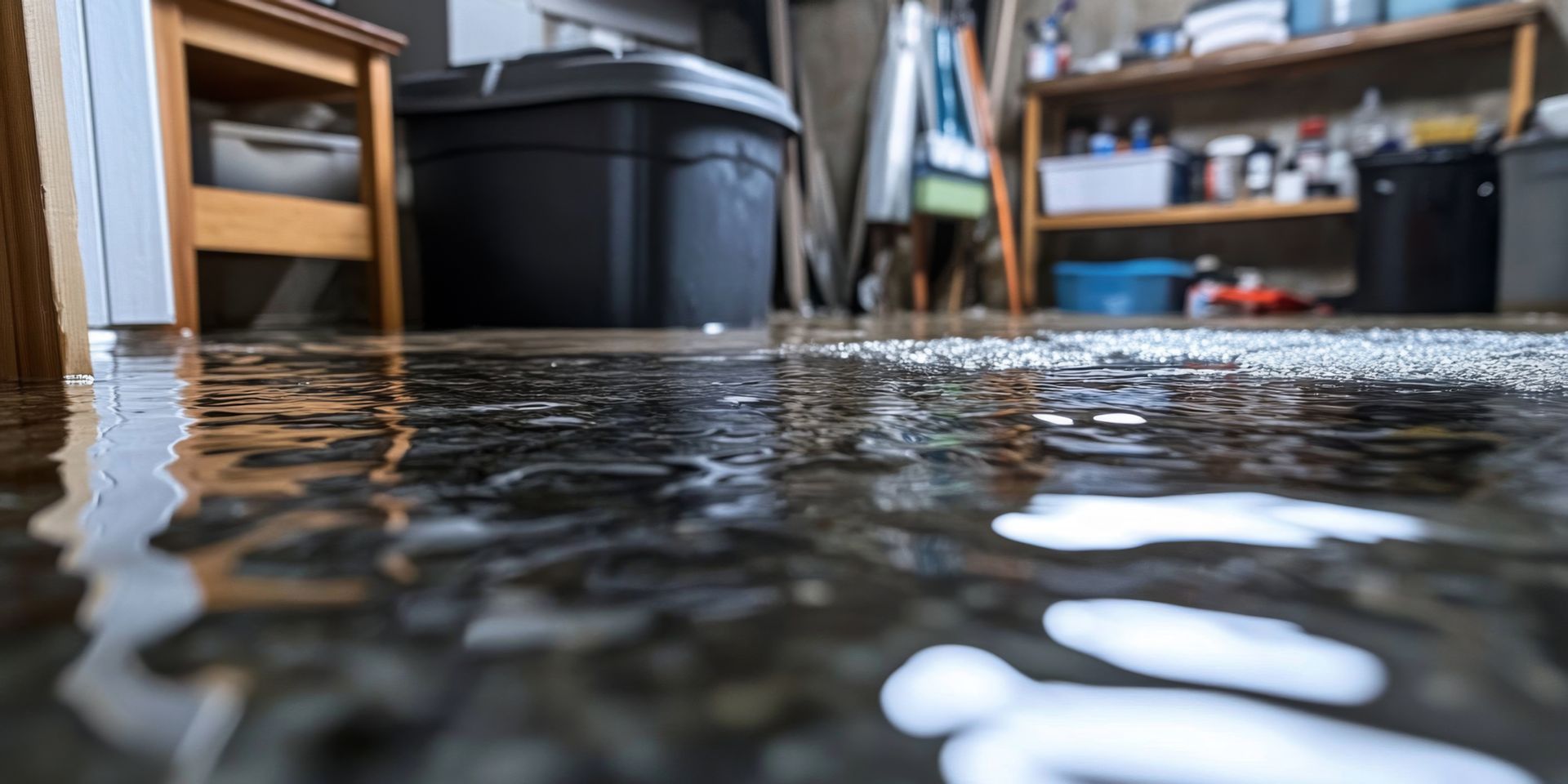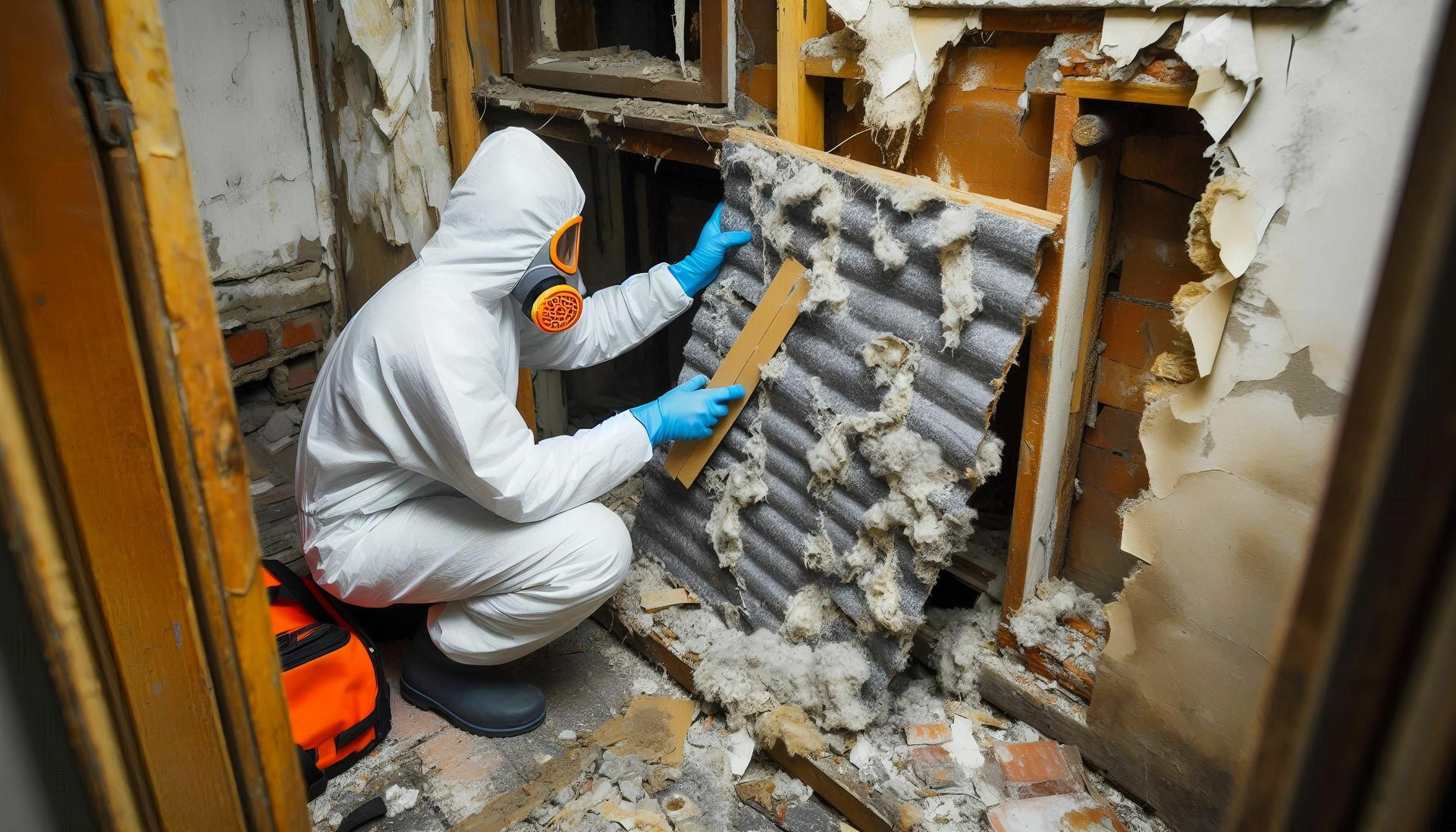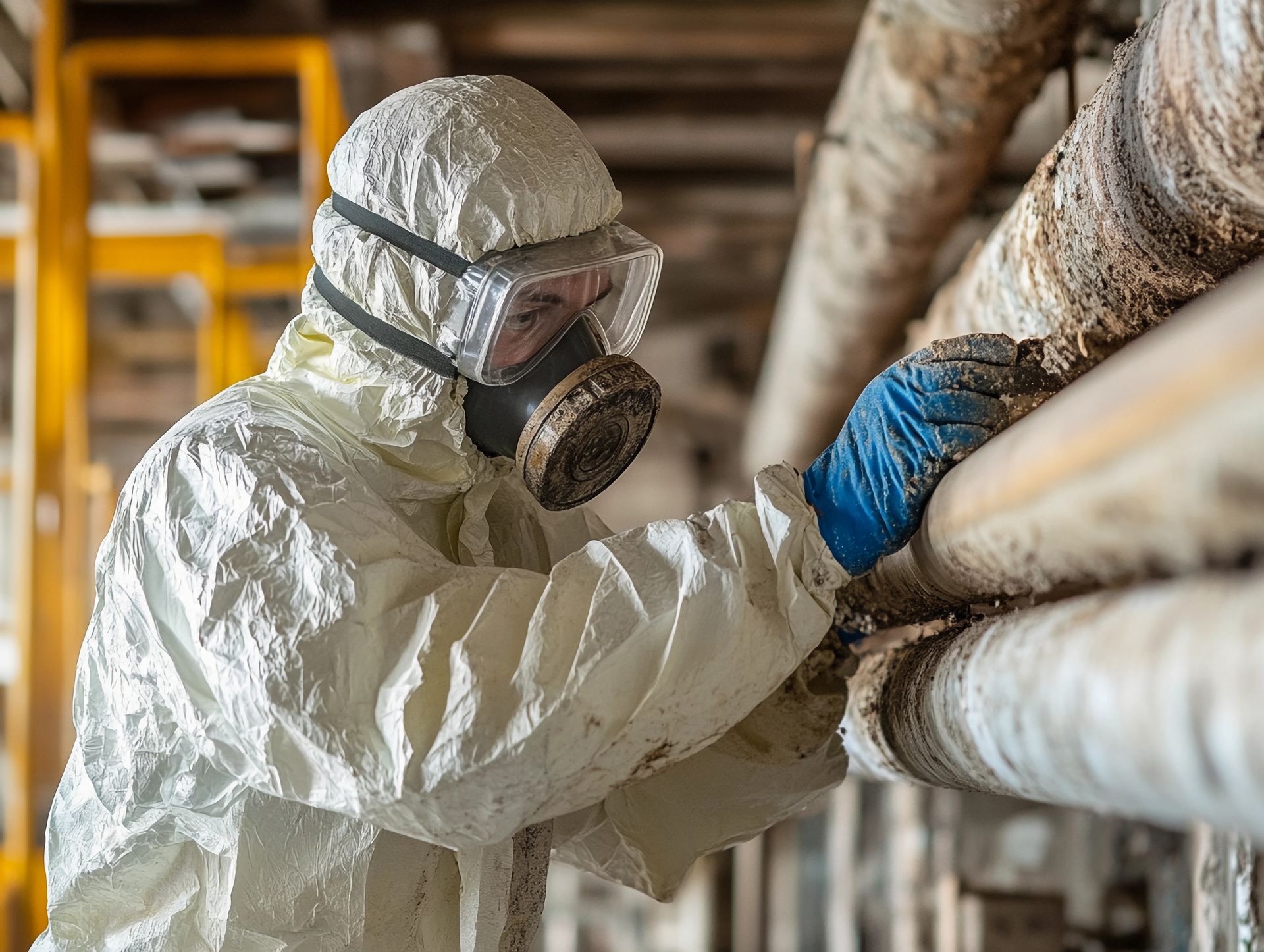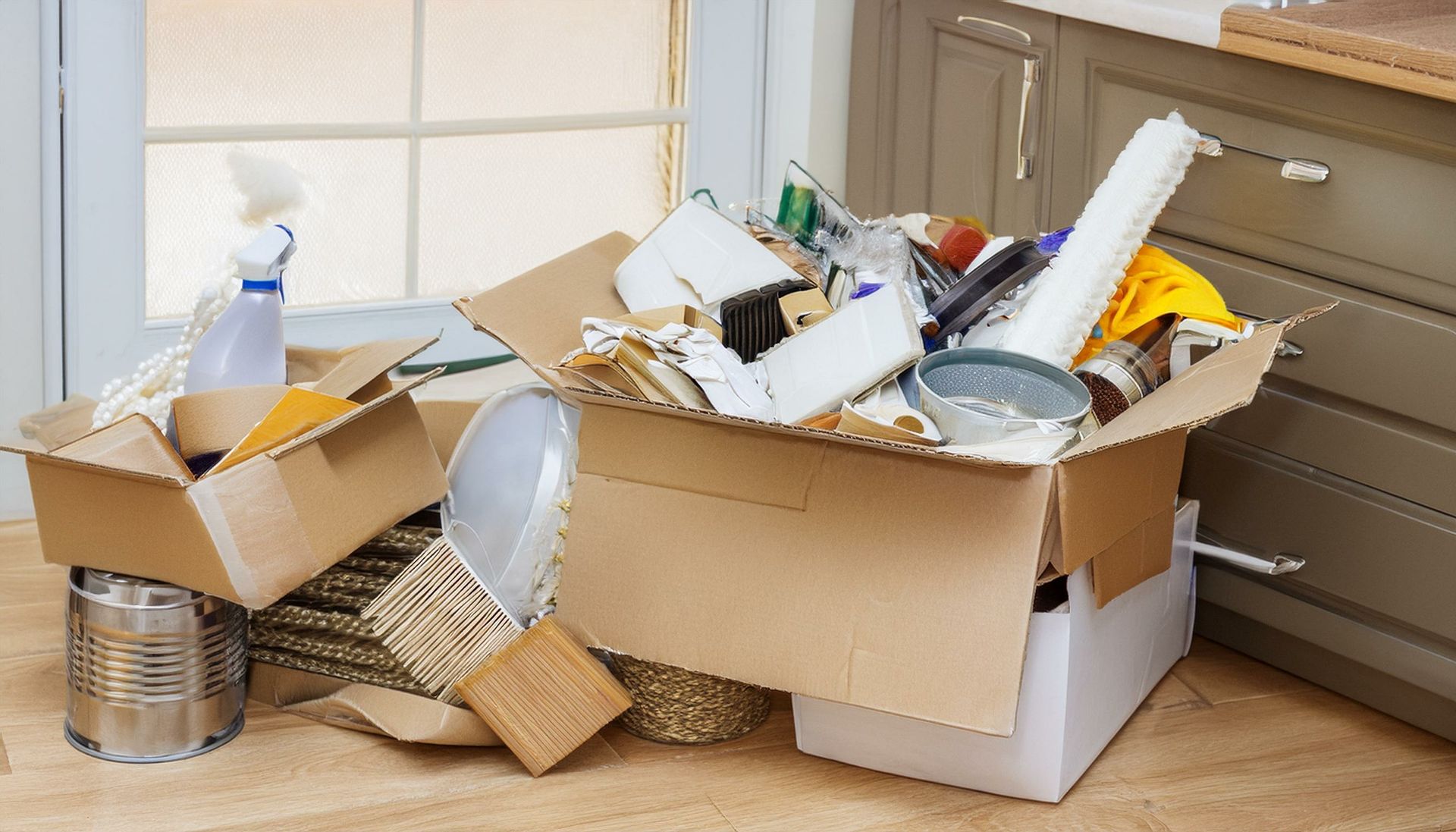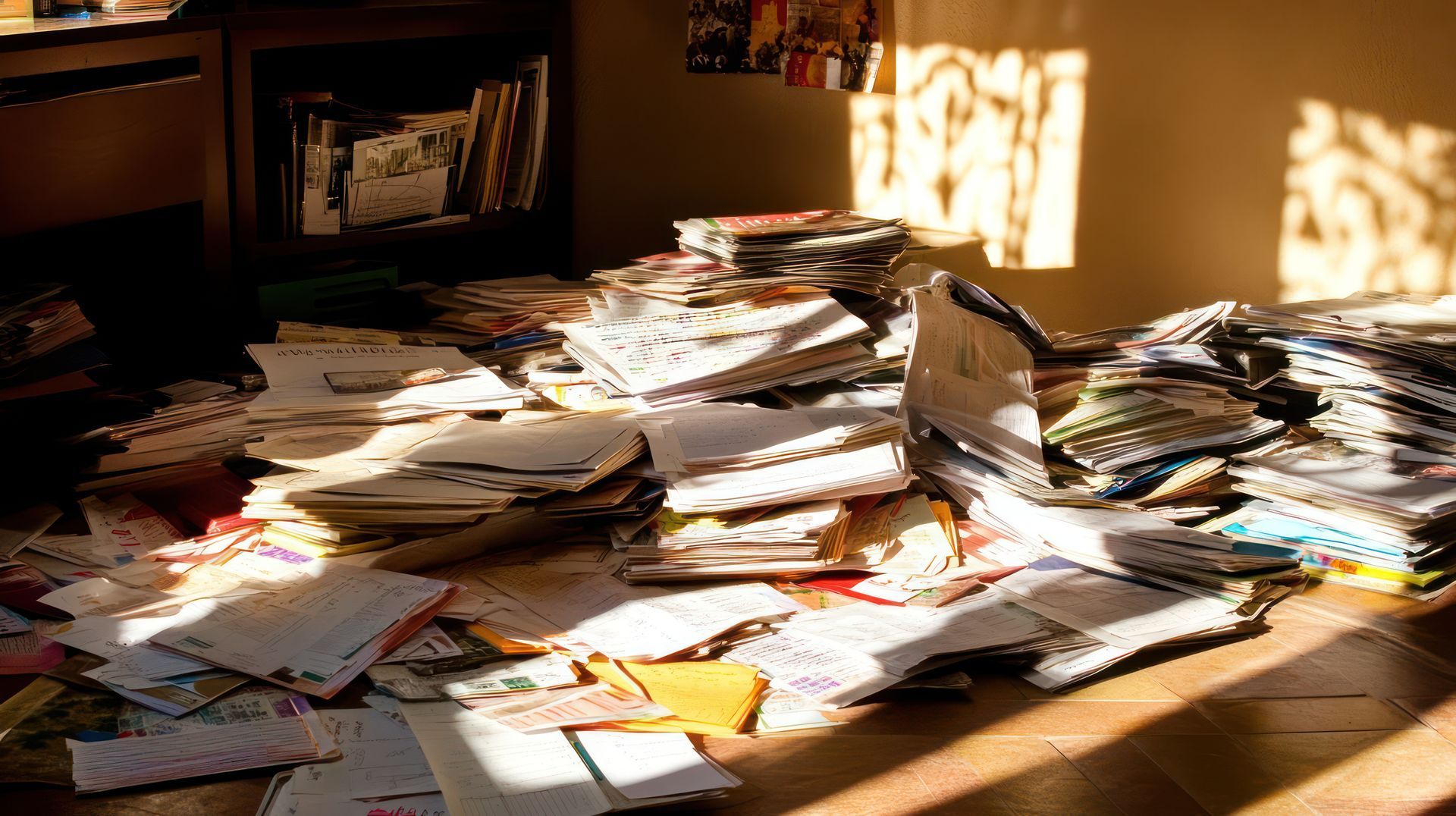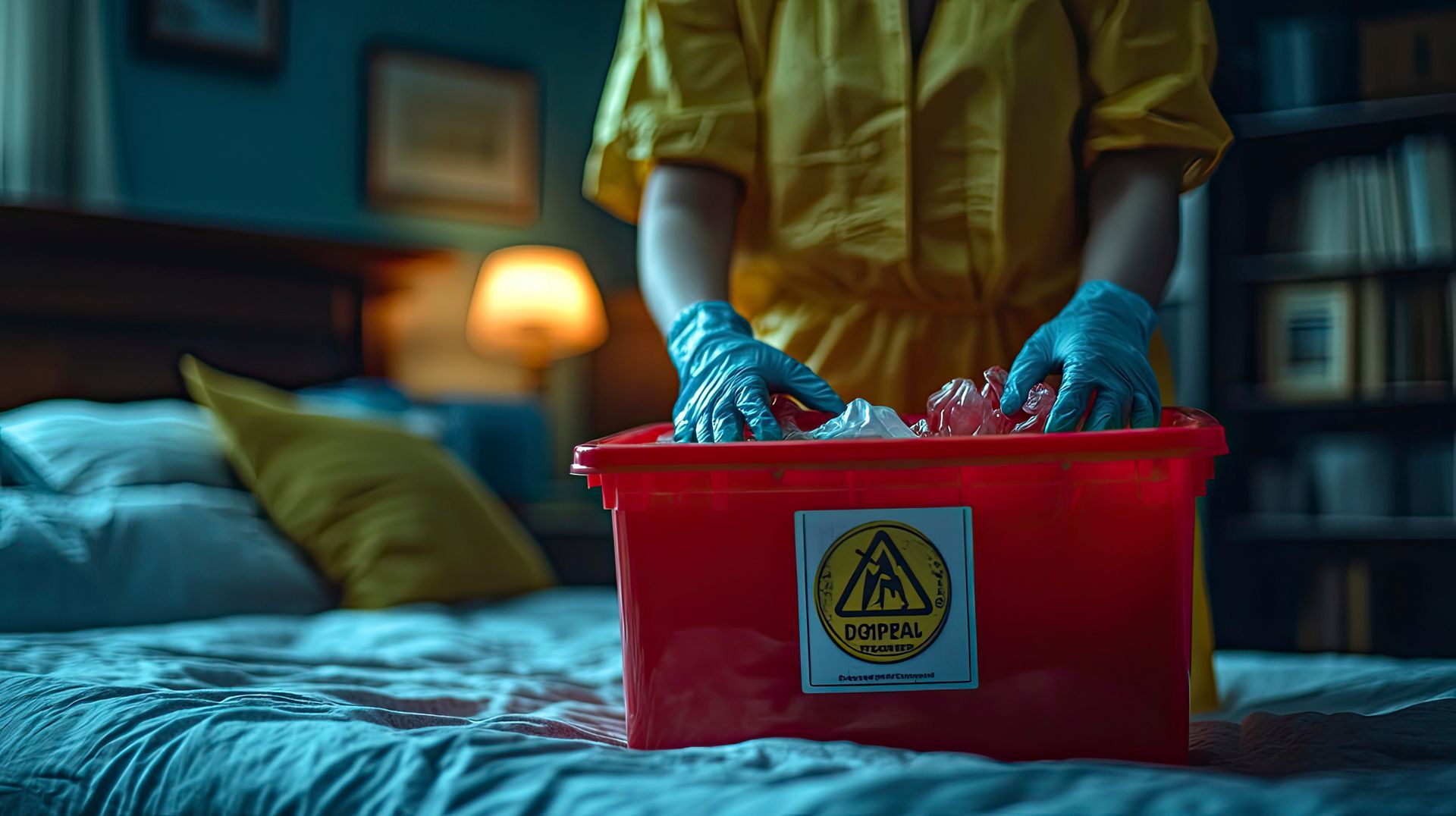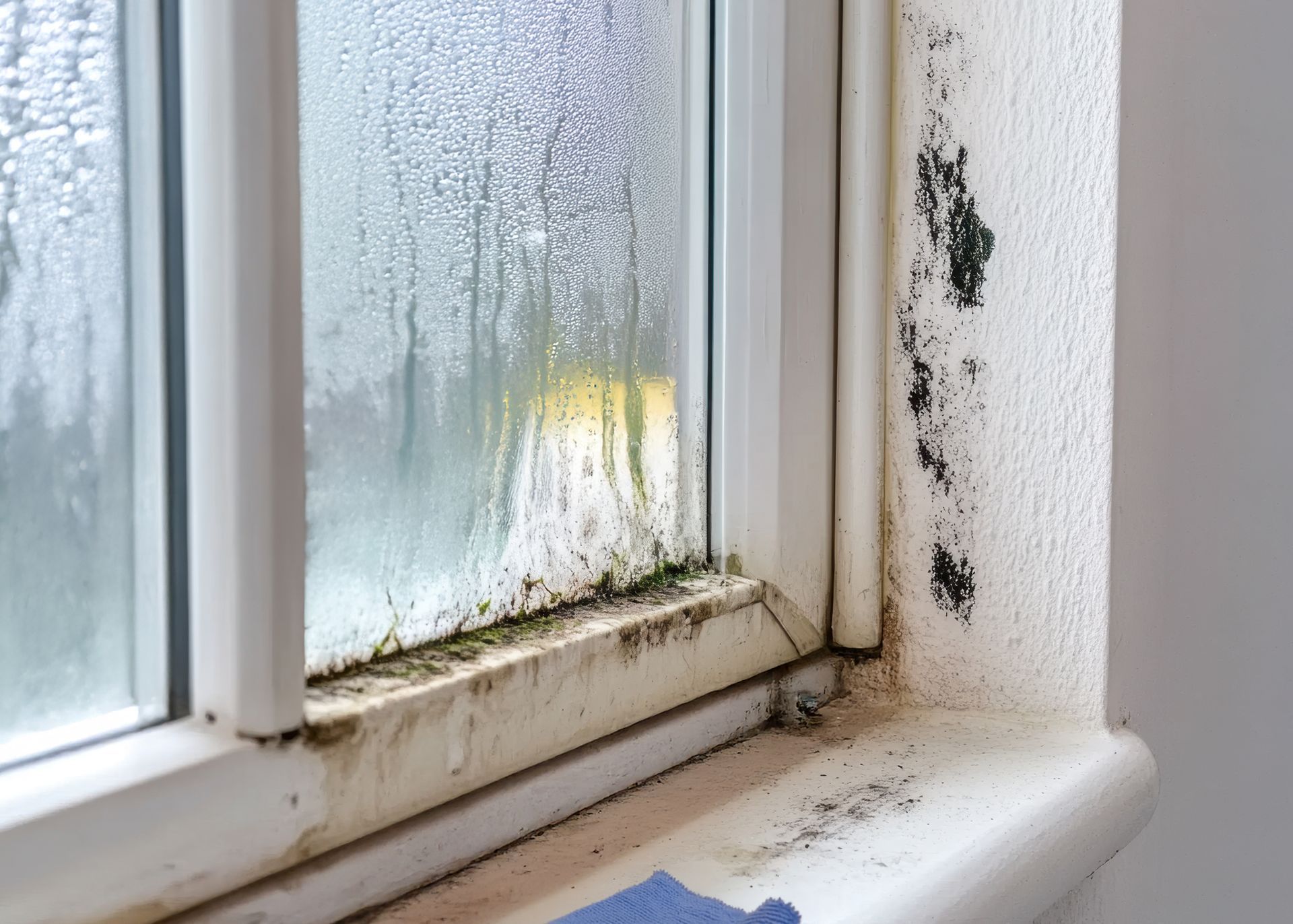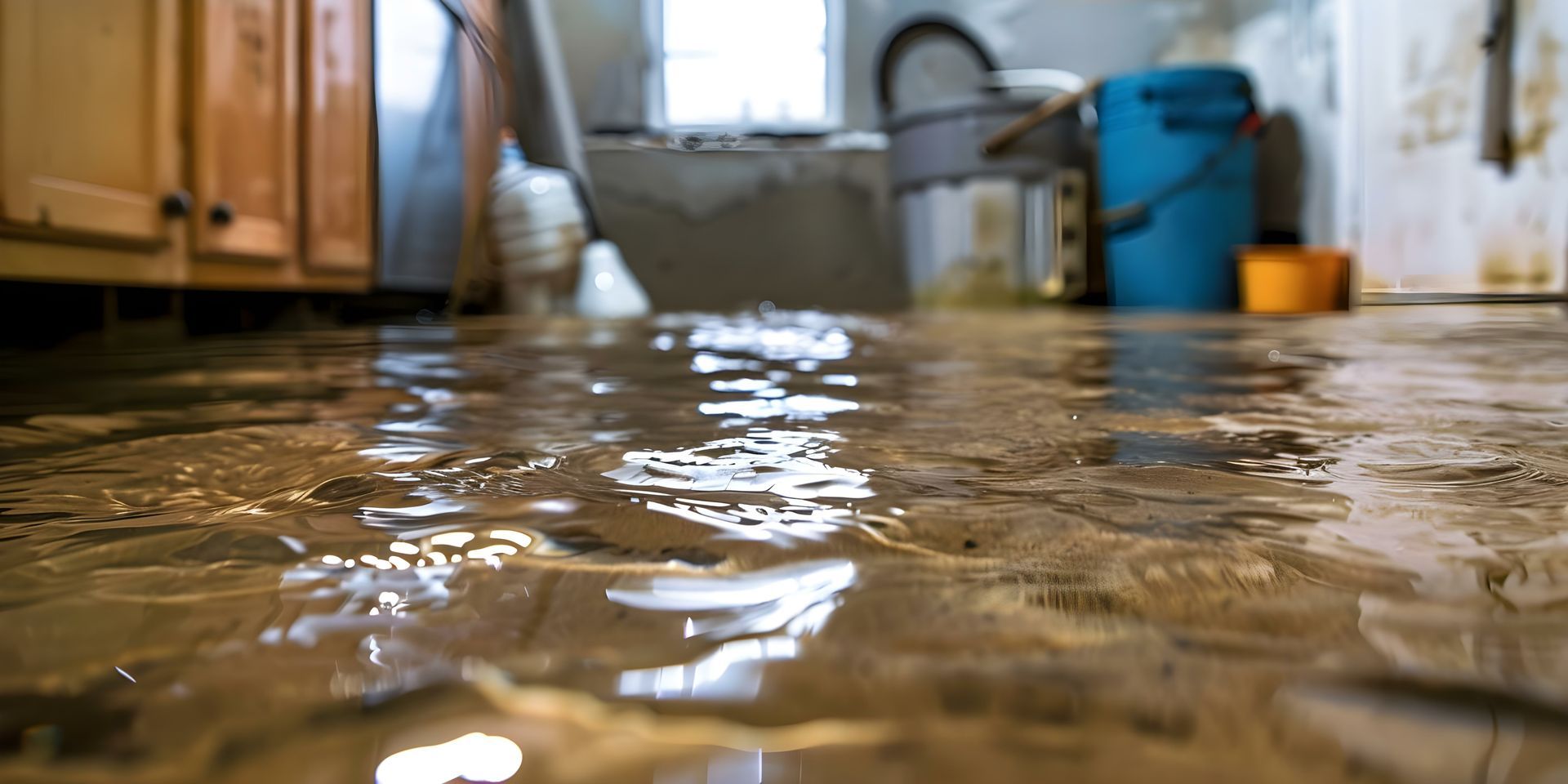Know When To Replace Subflooring After Water Damage
April 11, 2023 | Salt Lake City, UT
When a property owner has sustained water damage to the subflooring, it can be a cause of great concern and distress. Not only is dealing with water damage a stressful process in itself, but when it comes to things like flooring, people often worry about whether they will need to invest in expensive replacement materials. Thankfully, by understanding all aspects of your property's subfloor and doing some research on the matter, you can make an informed decision as to whether or not you should replace the damaged parts or attempt repairs instead. In this blog post from All Pro Services, we'll cover everything from recognizing signs of subfloor problems caused by water damage to assessing their severity and deciding when to replace them so that you are able to make an educated decision for your specific situation.
An Overview of Subflooring and the Different Types
Subflooring is an essential component in both residential and commercial buildings. It serves as a sturdy foundation for flooring, making it more durable and long-lasting. There are different types of subflooring that homeowners and construction workers can choose from, depending on their specific needs. Plywood, oriented strand board, and particleboard are some of the most commonly used types of subflooring. Plywood is a strong and stable option, while oriented strand board is known for its affordability. Particleboard, on the other hand, is less expensive but less durable. Understanding the different types of subflooring is crucial in ensuring that your flooring remains in good condition for years to come.
Identifying Signs of Water Damage to Your Subfloor
Water damage to your home can cause a lot of chaos, especially when it comes to your subfloor. A subfloor is the layer of wood or concrete beneath your floor covering, and it's essential to keep it dry and intact. Identifying the signs of water damage to your subfloor will allow you to fix the problem before it becomes worse.
Here are some tips for identifying water damage to your subfloor: Look for mold or mildew, warping or cupping, and soft spots or sponginess. If you notice any of these signs, it's best to call a licensed contractor and get the situation fixed promptly. Remember that water damage can lead to structural issues, as well as health risks from mold and mildew. Don't wait until it's too late; stay vigilant and keep your subfloor in top-notch shape.
How To Prevent Water Damage From Occurring in the Future
Water damage can be catastrophic, causing thousands of dollars in repairs and irreversible damage. However, there are steps you can take to prevent it from happening in the future. One of the most important things you can do is regularly inspect your home for any signs of water damage, like leaks or stains. It’s also important to keep gutters and downspouts clean and free of debris to prevent water from pooling around your home’s foundation, especially after flooding Salt Lake City emergencies. Another tip is to make sure that your home’s grading slopes away from the foundation to prevent water from seeping into your basement or crawlspace.
Additionally, be sure to regularly maintain any appliances that use or transport water, like your washing machine or dishwasher, and replace them if they start to show signs of wear and tear. By taking these preventative measures, you can help protect your home from water damage and avoid costly repairs in the future.
Steps for Repairing Minor Water Damage to Subflooring
Water damage can be both frustrating and costly to deal with, but tackling minor damage to your subflooring could be a simple fix. First, it is essential to identify the affected area and remove any damaged or wet materials. After this, allow the area to dry completely before replacing the damaged subflooring with new material. It is crucial to check for any signs of mold or mildew and address them promptly if found. Additionally, it is essential to address the source of the water damage to prevent further issues. With these steps, you can successfully repair minor water damage to your subflooring and prevent future damage to your home.
When Should You Replace Subflooring After Water Damage
Water damage to a home or business can be a nightmare to deal with, especially when it affects the subflooring. Subflooring is an essential component of any building, as it provides support for all other flooring materials. When water seeps into the subflooring, it weakens the wood or other materials, leading to warping, mold and mildew growth, and structural damage.
So, when should you replace the subflooring after water damage? The answer depends on the extent of the damage. If the damage is extensive and has compromised the structural integrity of the subflooring, it needs to be replaced immediately. Waiting too long can lead to more significant issues, such as sagging or collapsing floors. On the other hand, if the damage is minor, you may be able to repair the subflooring instead of replacing it. It's important to consult with a professional to determine the best course of action in any situation.
Subflooring is an integral part of any house and can greatly affect the integrity of your home. Understanding how to identify water damage, prevent it from occurring, and properly repair it when necessary can save homeowners countless headaches down the road. While minor water damage on the subflooring may be able to be repaired, more severe damage should warrant replacing the subfloor immediately. Taking into account all of the risks that come with neglected water damage–including mold and rot–it’s important for homeowners to weigh the costs and benefits of remedying or replacing their subflooring when they become aware of even relatively minor issues. And while replacement might seem extreme in some cases, it can prove a wise decision in order to ensure your home’s safety and stability over time.
About All Pro Services
All Pro Services is the premier restoration and remediation company of Utah. They offer a large variety of services from commercial cleaning and sanitization, restoration, biohazard cleanup and construction services.
Learn more about All Pro Services.

Contact Information:
All Pro Services
7747 Allen Street
Midvale, UT 84047
United States
Roger Rasmussen
(385)855-2252
https://www.allproutah.com


